You are here: American University AU Nairobi Location
About Nairobi
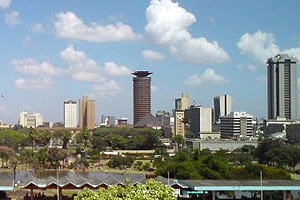
In Maa language, Nairobi used to mean ‘a place of cool waters.’ Not anymore. The changing patterns of environment and human population have continued to impact its climatic conditions. Nairobi became the headquarters of the colonial administration in the early years of the 20th century. The early settlers started planting trees and constructing roads and other infrastructure–so that eventually Nairobi became a green city marked by wide boulevards. It got its official city mace in 1950, but still remained a small town serving Kenya’s substantial settler population and African laborers. Like many colonial towns, the city was segregated racially. Pass laws made it difficult for African migrants in the town to enter white suburbs or move in or out of the city. In 1963, when Kenya won its independence, the city saw its first rapid growth period. Informal settlements sprawled as population growth exceeded infrastructure growth. To date, this sporadic development continues, making Nairobi one of the fastest growing cities in the world. Its population exceeds five million.
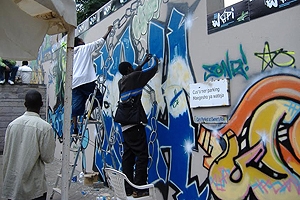
Nairobi has been called a dual city, meaning a city of great contrasts. The poorest section of the population lives in the backyards of the rich. The nicest shopping malls in the region are fronted by informal sector kiosks and shops. These contrasts are a result of poor city planning and lack of vision in the government–as well as rampant corruption. The wealthy can afford private solutions for public problems. They buy bigger cars to deal with poor road conditions, hire private security companies to protect their investments and residents, keep generators on hand to ensure uninterrupted electricity supply, and they go to the better-equipped private hospitals when they need to. But, most Nairobians develop other social mechanisms for their insecurity. This would be a running theme for our program.
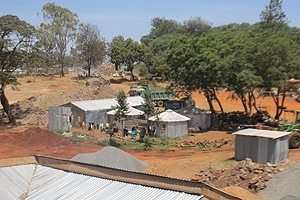
Urban people now make up over 50% of the world’s population. However, for much of the world, urbanization is not a necessary indicator of development. It implies greater economic disparities, poorer standards of living, and desperation as people leave their rural subsistence lifestyles in pursuit of opportunities that may never be presented.
About the Country
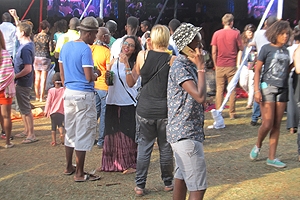
The population of Kenya exceeds 50 million and is distributed in several linguistic groupings. For the last several hundred years the Bantu communities have occupied the highlands practicing agriculture. Some Nilotic groups have been pastoralists on plain lands to the south and the Rift Valley. Other Nilotic groups also settled near Lake Victoria as fisherman. On its northeastern arid and semiarid fringes live more pastoralists who migrated from the Ethiopian highlands and further afield Somalia. At the coast, there has been a long history of Bantu-based Swahili trading with and intermingling with Portuguese, Arabs, Indians and later British for control of trading ports. In all, there are more than 40 ethnic groups residing in Kenya.
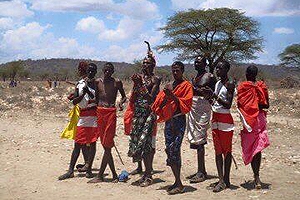
Kenya’s cultural heritage, as well as its history as a settler colony of Great Britain, is partly the reason for its position as a powerhouse in the region. The country has a vibrant manufacturing industry that produces the basic daily goods needed by Kenyans and more recently, has been exporting some of these products to the neighboring countries. Tourism, fueled by beautiful coastal beaches and game parks, is an important industry that provides service jobs and much needed foreign capital. There are not many mineral riches to be found in Kenya, but its agricultural exports of coffee, tea, and flowers more than compensate. Recent investments in energy, technology and communications have also proven to have big economic potential for Kenya’s growth.
